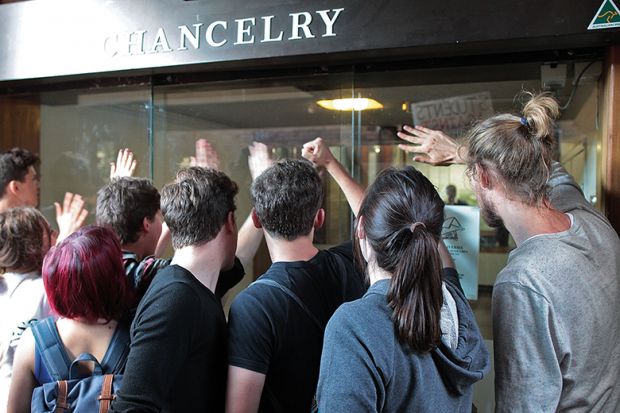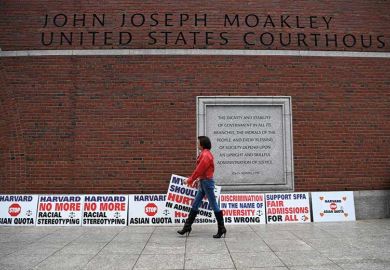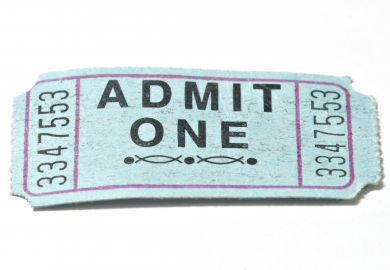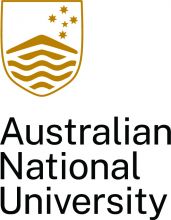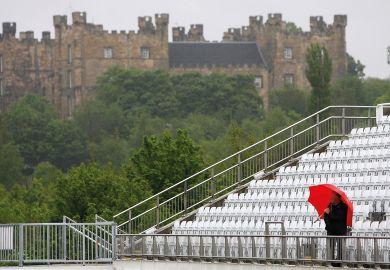The vice-chancellor of the Australian National University has described the country’s admissions system as “terrible” for students and argued that it had survived only because it was “convenient” for universities.
Brian Schmidt, the Nobel prizewinning physicist who has led ANU since 2016, took aim at Australia’s “irrational” admissions process as his university prepares to radically shake up its own, introducing conditional offers and a system borrowed from Texas that will admit the top few students from every school.
At present, students receive offers only after the results of their end-of-school exams are collated to decide their position in the Australian Tertiary Admission Rank, a unique league table that purports to rate students’ suitability for university on a single national scale.
ANU’s concern is that this creates a scramble for accommodation and scholarships at the last minute. So from this year, the university will bring in conditional offers, giving students five to six months to prepare.
"The system in Australia is completely irrational. It’s terrible for the students,” Professor Schmidt told Times Higher Education.
Admissions in Australia have been arranged in a way that is “convenient” and “institutional oriented” rather than “student oriented”, he said, adding: “Institutions have lots of power. ‘This is easy for us, who cares?’”
ANU’s admissions revamp also involves prioritising offers to students who finish in the top 2 per cent of their high school, so long as they get above a “minimum floor” in the ATAR, Professor Schmidt explained.
The change is based on a rule in Texas that guarantees entry to any public university for the top 10 per cent of students in any state high school.
“I’m [the leader of] the National University – I need to represent the nation. So I am trying to get a representative sample of Australia’s best talent from around the country from all sorts of backgrounds, from every school,” said Professor Schmidt.
If ANU, based in Canberra, used only ATAR scores to make offers, “I end up with lawyers who all have 99s [a close to a perfect score in the ATAR, which runs from 0 to 99.95], who went to the same schools and have the same set of friends”, Professor Schmidt warned.
“I’m sorry, there are some great lawyers in there, but there are some great lawyers out in Dubbo [a small city in New South Wales], where no kid has gotten a 93 in the last five years,” he added.
Only 2 per cent of ANU’s students come from the most socio-economically disadvantaged quarter of neighbourhoods, according to the most recent statistics, from 2017.
But for now there are still limits to how far ANU can change its admissions policy. Even under the new system, offers will still be made to students on the basis of very high ATAR scores, Professor Schmidt admitted.
“I can’t afford [to reject] kids who live in Canberra who get very good grades,” he said. “Canberra has some of the best schools in Australia – if I suddenly exclude them, there will be a riot.”
ANU’s shift away from ATAR follows years of debate in Australia about the value of ATAR, which has been accused of giving too simplistic a measure of a student’s abilities and encouraging a “teach to the test” mentality.
Register to continue
Why register?
- Registration is free and only takes a moment
- Once registered, you can read 3 articles a month
- Sign up for our newsletter
Subscribe
Or subscribe for unlimited access to:
- Unlimited access to news, views, insights & reviews
- Digital editions
- Digital access to THE’s university and college rankings analysis
Already registered or a current subscriber? Login
